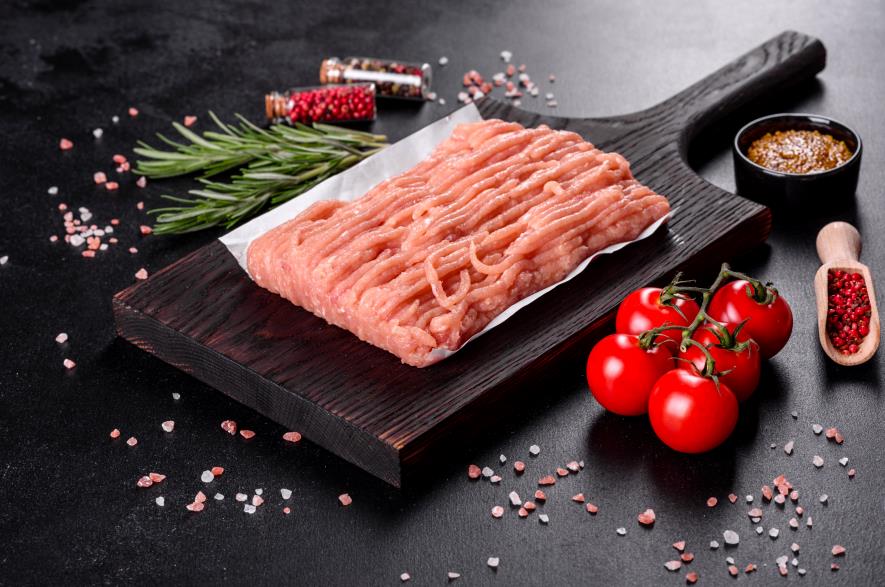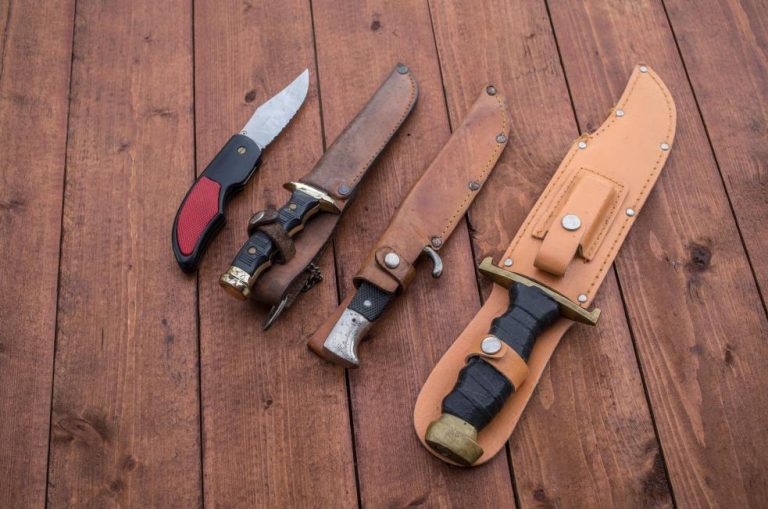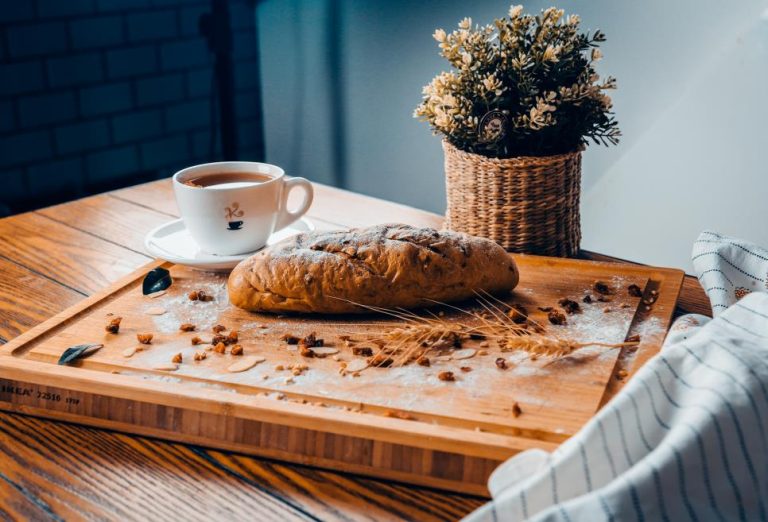Cutting boards are the first item knife shops start selling to extend their line of products. It provides cooks with a dedicated surface to chop and slice. Regardless of the type of knife the cook uses, a cutting board is a must for every kitchen.
The knife’s edge and the cutting board’s surface are in repeated contact. If one harms the other, the cutting board and the knife will deteriorate each other.
Every cook needs to have a cutting board that’s a trusted friend of their knives. Finding the right cutting board can get hectic with so many options available. This goes for both the users and knife stores.
This article will go over the popular cutting board materials, explain what makes a proper surface to cut ingredients, and help businesses decide which cutting board to sell.
What’s considered a good material for cutting boards?
A cutting board’s surface must be hard to resist impacts but soft enough to be gentle on knives. If the cutting board is as hard as a rock, it will last for years, but it will dull knives.
There are also other things to consider. Aesthetics, hygiene, price, and maintenance are just as important. Looking at each of these carefully leads to finding the best cutting board material.
Every cook is different, and so are their preferences, needs, and how often they use a cutting board. Here is a detailed review of various cutting board materials, their features, pros and cons, and more.
Wood cutting boards
Wood is the most popular cutting board material with varying qualities. Different wood types give cutting boards distinct characteristics. Similar to how steel adds to the blade’s features, the wood choice is the same for cutting boards.
While this is a topic of its own, which we’ve covered in a detailed article, here are a few commonly used types of wood for cutting boards and butcher’s blocks.
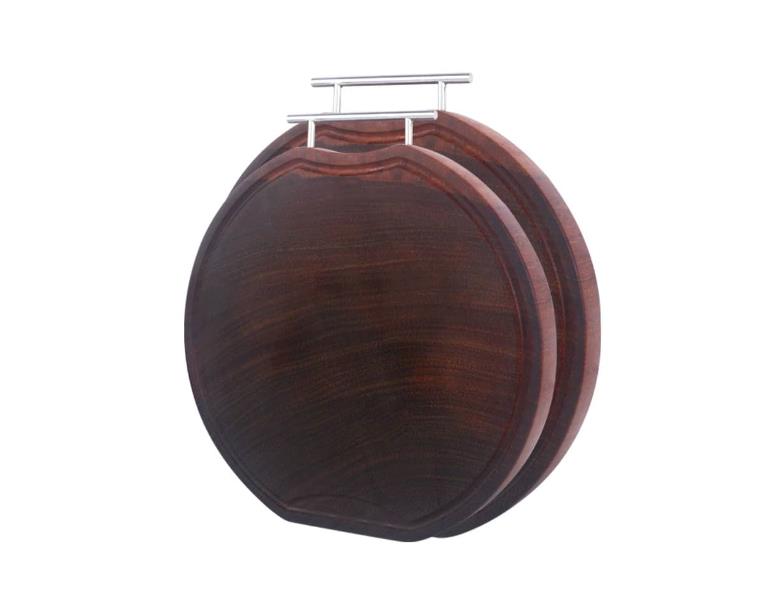
Popular types of wood for cutting boards
- Acacia: With over 1,300 species, acacia offers a wide variety in everything, making it a versatile choice. You can sell acacia cutting boards with different densities, colors, and prices. There’s a suitable acacia cutting board for everyone.
- Teak: The high natural oils in teak make it a low-maintenance cutting board. It’s hard and durable, not showing scratches as much, but is soft enough to be gentle on knives.
- Maple: Maple is a dense, closed-grain wood that’s one of the most sanitary choices. It’s a common name in kitchen products. Maple cutting boards are easy to clean, scratch-resistant, and lightweight. However, they require more upkeep than others on this list.
- Cherry: It’s perhaps one of the best choices for cooks that care about their knives more than their cutting surface. Cherry hides stains, heals knife marks and has many color options.
- Walnut: A popular pick in many industries; walnut found a place in cutting boards and other kitchen products. It boasts good hardness, is gentle on knives, and is durable for most cooks.
Features of wooden cutting boards
The qualities of wooden cutting boards surpass other natural and synthetic materials. They are antibacterial, durable, knife-friendly, sustainable, and reasonably priced. On top of that, wood has the most varieties of any cutting board material.
Hardwoods like maple, oak, cherry, and acacia have proven themselves to be durable and sanitary. It was once thought that non-porous materials like plastic make the most hygienic cutting board. However, this has been debunked thanks to the natural antibacterial properties of wood.
This feature is more prevalent with closed-grain hardwoods, making them the most sanitary. Other than hygiene, wood is naturally pleasing to look at. None of the other cutting board materials beat the aesthetics of wood. The colors range from light to deep, dark colors with varying hues in the grains.
Wood is durable but requires some upkeep for a long living. Luckily, a coat of mineral oil overnight once a few months is enough to keep them as good as new.
Advantages
- Sanitization: Wood is naturally antibacterial. The grains close, trapping bacteria and killing 99.9% of them within three minutes of contact.
- Variety: Thousands of species are categorized into two: hardwoods and softwoods. There are plenty of good choices for any knife store and its clientele.
- Aesthetics: Wood’s natural beauty is hard to resist. The grains run in wavy or straight patterns with different colors and shades.
- Durability: It isn’t uncommon for a wooden cutting board to last decades. With adequate care and attention, it can last even a lifetime.
Disadvantages
- Maintenance: Wood requires some upkeep. How often your customers need to care for their cutting boards depends on the wood, thickness, and use.
- Price: Compared to other cutting board materials, wood tends to be more expensive. Nonetheless, there are affordable options depending on grain, wood, and size.
Buy Wholesale Cutting Boards and Start Scaling up with Us Today
Contact us and connect with a sales rep to get a free quote.
Don’t forget the wood grain
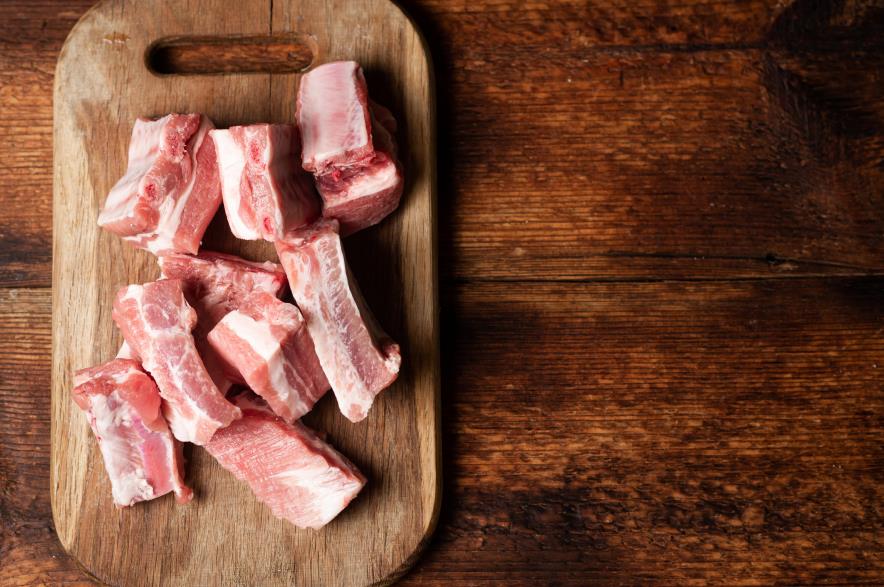
There is also the wood grain, which is often overlooked by users. It’s just as important as the wood choice that affects the main features of the cutting board’s surface.
The wood cutting board can be categorized into three types based on the grain structure. Namely, these are end grain, edge grain, and face grain. The edge and face grain wood are similar, with edge grain being gentler on knives and face grain resisting water damage better. The superior one to these is the end grain.
The edge and face grain cutting boards are made from the sides of the lumber, while the end grain displays the growth rings, distancing itself from both.
The wood fibers run vertically in end grain cutting boards. This feature is super-safe for knives where the edge goes between the fibers, creating a cushioning effect.
It takes more wood pieces to build a cutting surface with the end grain of the wood. Therefore, end grain cutting boards are more expensive to manufacture. The edge grain is the second most costly, and the face grain is the least.
Bamboo cutting boards
Bamboo is a dense grass that’s a good natural alternative to wood. It rapidly grows – even faster than trees – and is readily available. This makes bamboo somewhat more sustainable than wood.
Highly sustainable materials like this have gained traction lately. This allowed bamboo to find its place primarily in kitchen products, from utensils to even knives.
Being a dense grass, bamboo makes a sturdy yet lightweight cutting board that can last for years with enough attention. It requires occasional oiling like wooden cutting boards – more or less frequently.
Bamboo cutting boards resist moisture and water incredibly well. They even float on the water despite their hardness surpassing popular wood types like teak and walnut. The cutting boards made from this natural material are good options for campers and fishers.
While bamboo cutting boards hold many advantages, they come with a few downsides. The hardness of bamboo, despite being softer than many hardwoods, dull knives quickly.
This can pose a problem if you’re selling kitchen knives made from mid-range knife steel with edge retention that doesn’t impress. Your customers may complain about how damaging it is to use a bamboo cutting board for their knife blades.
Still, there is more to the pros and cons of bamboo cutting boards.
Advantages
- Cleaning: It doesn’t take much to clean bamboo cutting boards. Although porous, bamboo doesn’t absorb liquids and resists permanent stains.
- Sustainability: It’s one of the most sustainable materials for making any product.
- Price: Bamboo cutting boards aren’t as pricier as wood but more expensive than plastic. It’s the cheapest natural material for a cutting board.
Disadvantages
- Harsh on knives: Bamboo dulls a sharp edge much more quickly than wood, rubber, and plastic cutting boards.
- Durability: Bamboo cutting boards are decently durable, just not as much as wood. Your customers will need to replace bamboo cutting boards more often.
- Maintenance: Bamboo also requires oiling (seasoning). It needs a more regular oiling routine to preserve its water-resisting features. Oiling bamboo cutting boards once or twice every month is recommended.
Rubber cutting boards
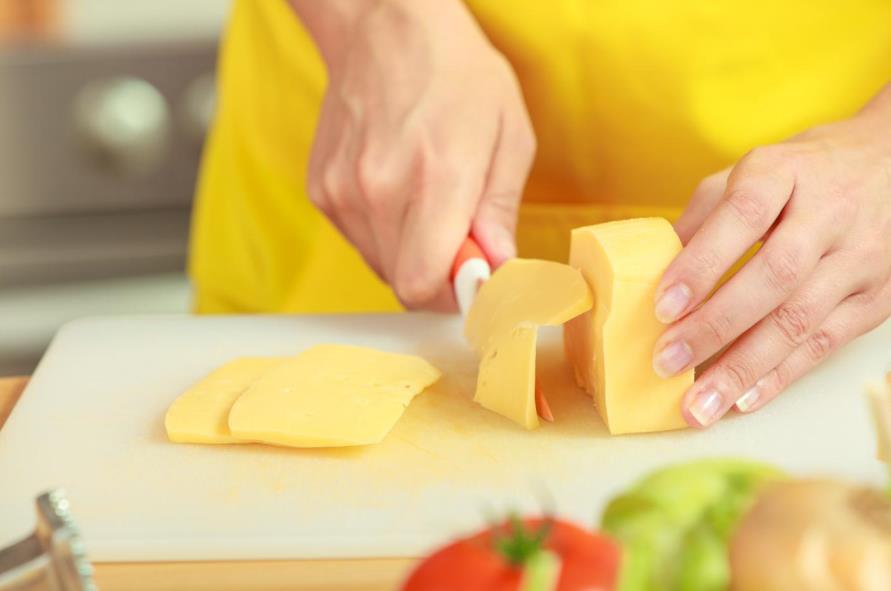
In synthetic cutting board materials, rubber leads the way for professional use. The rubber cutting boards are made from polyvinyl acetate, a non-porous material.
Rubber cutting boards received well in recent years. One of the dominant brands in this niche, Hasegawa, is famous for its rubber cutting boards with a wooden core. This makes their rubber cutting boards like any other, but lighter and easy to position in the kitchen. Hasegawa cutting boards are up to 50% lighter than others with an entire rubber build.
Like all the other rubber cutting boards, concerns of warping or splitting despite the wood core are non-existent.
Features of rubber cutting boards
Rubber cutting boards don’t absorb moisture, nor do the bacteria have a way to penetrate the surface. It’s sanitary and can last for years. Rubber won’t crack or split as wood or bamboo.
Another benefit of rubber cutting boards is how they treat knives. Rubber is much softer than plastic, which we’ll get to in a moment. They maintain the sharpness of blades for much longer than others in this article.
As with any other cutting board material, there are drawbacks to rubber. They make very blunt-looking cutting boards that cost a lot. Your customers can get two high-quality end grain cutting boards for the same price as one rubber.
Advantages
- Gentle on knives: Rubber cutting boards are easy on the cutting edge. They take knife impacts without immediate scratches.
- Non-slip material: Rubber is naturally a non-slip material that won’t move around under heavy-duty use. It’s safe to use, knowing that the cutting board won’t slip around.
- Water-resistant: Liquids and moisture don’t have a way to penetrate the surface of rubber cutting boards. It doesn’t have pores as wood or bamboo does.
Disadvantages
- Weight: Rubber is significantly heavier than other cutting board materials. Moving it around the kitchen for washing can become a hassle.
- Price: Rubber cutting boards are costly, even more than wood.
Plastic cutting boards
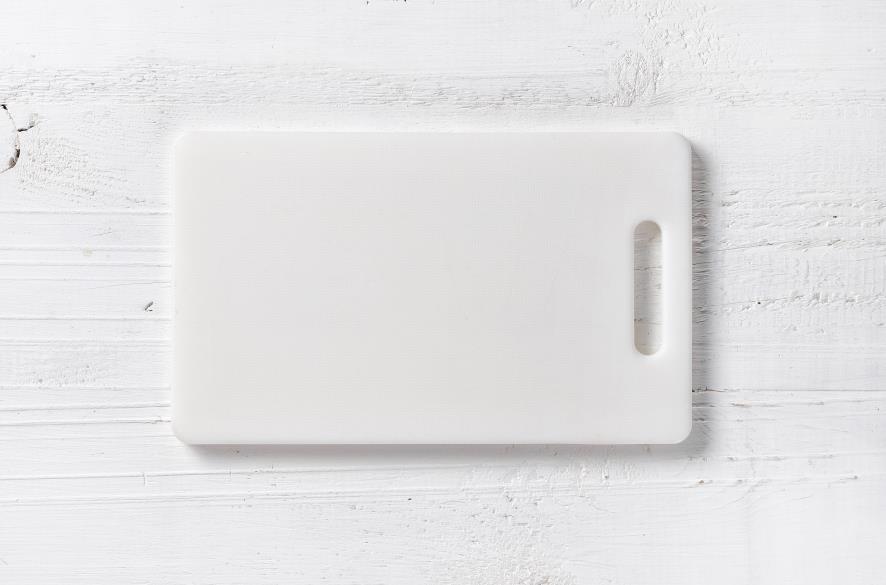
Plastic is one of the most commonly used materials for cutting boards. You can sell plastic cutting boards in varying sizes, appealing to every type of cook.
A plastic cutting board is convenient to clean and put into use. You can just grab one to cut a midnight snack and rinse. . The uses like this makes plastic a good secondary or third cutting board in the kitchen.
Features of plastic cutting boards
Plastic is a non-porous material like rubber, but it’s harder. Fluids won’t be able to go deep into the surface but deplete the sharpness of blades faster.
Plastic cutting boards stand out with their sanitary features, but not due to the traits of its own. If your customers deal with high-risk foods like chicken or minced meat, they can sanitize the board in the dishwasher. This feature is quite a life-saver for most cooks, allowing their dishwasher to do the work.
However, this isn’t to say that plastic is the most sanitary option. Even after a week of owning, noticing scratches and other knife marks on plastic cutting boards is inevitable. These tiny grooves can be a breeding ground for bacteria. Thoroughly sanitizing plastic cutting boards is a must to avoid food poisoning.
Advantages
- Dishwasher-safe: Unlike wood or bamboo, sanitizing plastic cutting boards in the dishwasher won’t bring your customers any issues.
- Affordable: Plastic is one of the cheapest materials. The cost of plastic cutting boards is nothing compared to wood or rubber.
Disadvantages
- Susceptible to scratches: Plastic cutting boards show knife marks fast, creating tiny grooves that can promote bacterial growth.
- Hard surface: Plastic isn’t gentle on knives. Even the cutting boards made from dense hardwoods are more gentle on knives than plastic alternatives.
- Must be replaced: Your buyers can sand their wood or bamboo cutting boards for a restored look. With plastic, this isn’t possible. They must be thrown out once the scratches become too clear on the surface.
Other cutting board materials
Aside from the above materials used for making cutting boards, there are other alternatives. The following materials can be suitable if your customers look for something specific.
Composite
Composite is synthetic but contains natural materials. The composite cutting boards can be made from wood fibers, compressed cardboard, and recycled materials, glued to form a block.
Composite cutting boards are affordable, relatively durable, and sustainable, but are harsh on knives, contain lots of glue, and aren’t as water resistant. Still, composite is an adequate cheaper alternative to wood.
Glass, Stone, and Marble
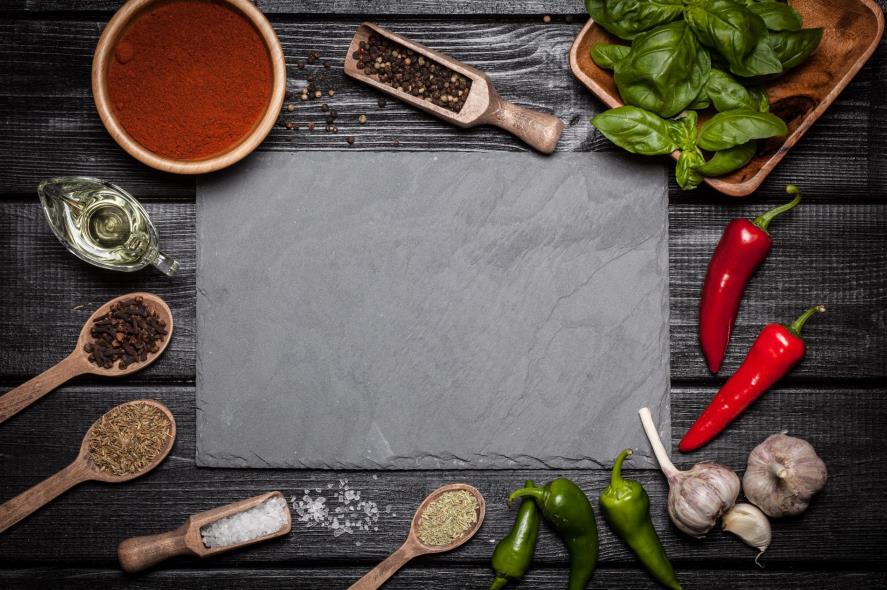
There are also these materials for cutting boards. Glass, stone, and marble all make a stunning and durable cutting board that can last a lifetime.
However, dulling knives with their hard surface is an issue many cooks complain about. Your customers are likely to notice the sharpness of their blades fading away after each cut.
The easy-to-clean and non-porous nature of these cutting boards doesn’t justify their downsides. They are heavy, dull knives fast, and inconvenient to use. As with other professionals, we don’t recommend cutting boards made from these materials.
Comparison Table
| Wood | Bamboo | Rubber | Plastic | |
| Durability | Excellent | Fair | Excellent | Fair |
| Water resistance | Fair | Fair | Excellent | Excellent |
| Hygiene | Excellent | Fair | Excellent | Fair |
| Maintenance | Demanding | Demanding | Essentially care-free | Essentially care-free |
| Knife sharpness | Doesn’t affect sharpness much | Can dull knives fast | Doesn’t affect sharpness much | Can dull knives fast |
| Showing scratches | Doesn’t show quick | Appears fast | Doesn’t show any | Appears fast |
| Price | Affordable to expensive | Affordable | Expensive | Affordable |
Buy Wholesale Cutting Boards and Start Scaling up with Us Today
Contact us and connect with a sales rep to get a free quote.
Glass, stone, marble, and composite cutting boards don’t have the crowd of other materials mentioned in the table above. We skipped it for this reason. Despite their many disadvantages, some still might find them helpful. Even if that’s the case, supplying cutting boards made from other materials will be a piece of cake compared to glass, stone, and marble cutting boards.
Which cutting board should you sell?
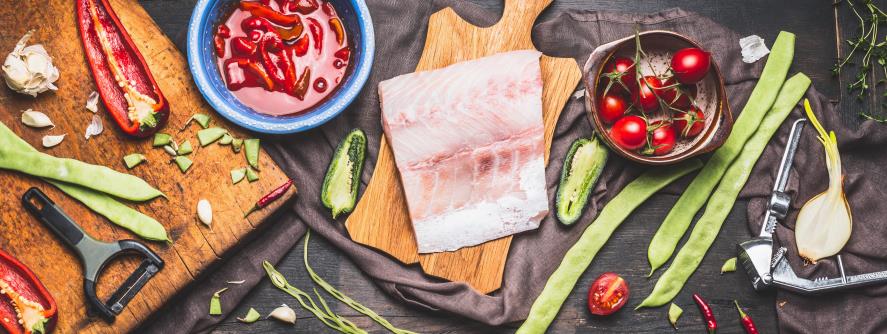
Wooden cutting boards are the best for us – hands down. They make the most durable, sanitary, and aesthetic cutting surfaces with various options.
Nonetheless, the alternatives to it could be a better product for your store. Here is an overview of what to consider when selecting the best cutting board material.
Cost
Who doesn’t love a product that’s satisfying to use and affordable? Wood amazes us with various options at different prices that fit every budget. Your customers will appreciate the qualities they can find with wooden cutting boards.
Plastic and bamboo cutting boards are affordable for cooks looking for something lightweight. Offer bamboo cutting boards as a natural and plastic as a synthetic alternative to wood cutting boards.
Rubber cutting boards are a thing of their own. They are expensive yet have great traits many cooks value. If the price isn’t an issue for your customers, which tends to be the case with professionals, rubber cutting boards are a must-have for knife stores. This, of course, alongside wood cutting boards.
User preference
While wood and rubber outperform plastic and bamboo, not every cook uses a cutting board as often. Home cooks appreciate the dishwasher-safe properties of plastic cutting boards. Bamboo cutting boards are also convenient with their lightweight and easy-cleaning attributes.
Even though they aren’t as durable, plastic and bamboo can make solid cutting boards for home kitchens. Consider who walks into your store or visits your online shop to find the appropriate cutting board material.
After-sale
Selling a product doesn’t end the relationship with your customers there. There are potential after-sale problems with certain cutting board materials. Knife stores must have sales associates trained on the maintenance requirements of each cutting board.
Reminding them to avoid dishwashers at all costs and frequent oiling for wooden and bamboo cutting boards, for example.
Additionally, consider selling food-grade mineral oil for your customers to upkeep their cutting boards. It can increase revenue and keep them happy with their spending. Your customers will need to purchase one anyway, so why shouldn’t you sell it?
Final words
It takes careful review to find the best cutting board material. This, however, doesn’t take much. Simply understanding their needs, how often they use a cutting board, and the convenience of each material is enough to get an insight.
Nevertheless, wood is the superior choice for most knife stores, followed by rubber. Plastic and bamboo’s ease of use is favorable for average users. Composite is a reliable resort for wood for home cooks.
Glass, stone, and marble don’t even make it to the list. If you have these cutting boards in stock, you can promote them as display plates instead.
Check our selections of cutting boards from here. We’re ready to be your lifetime supplier of kitchen accessories. Click here to request a quote from us today.
